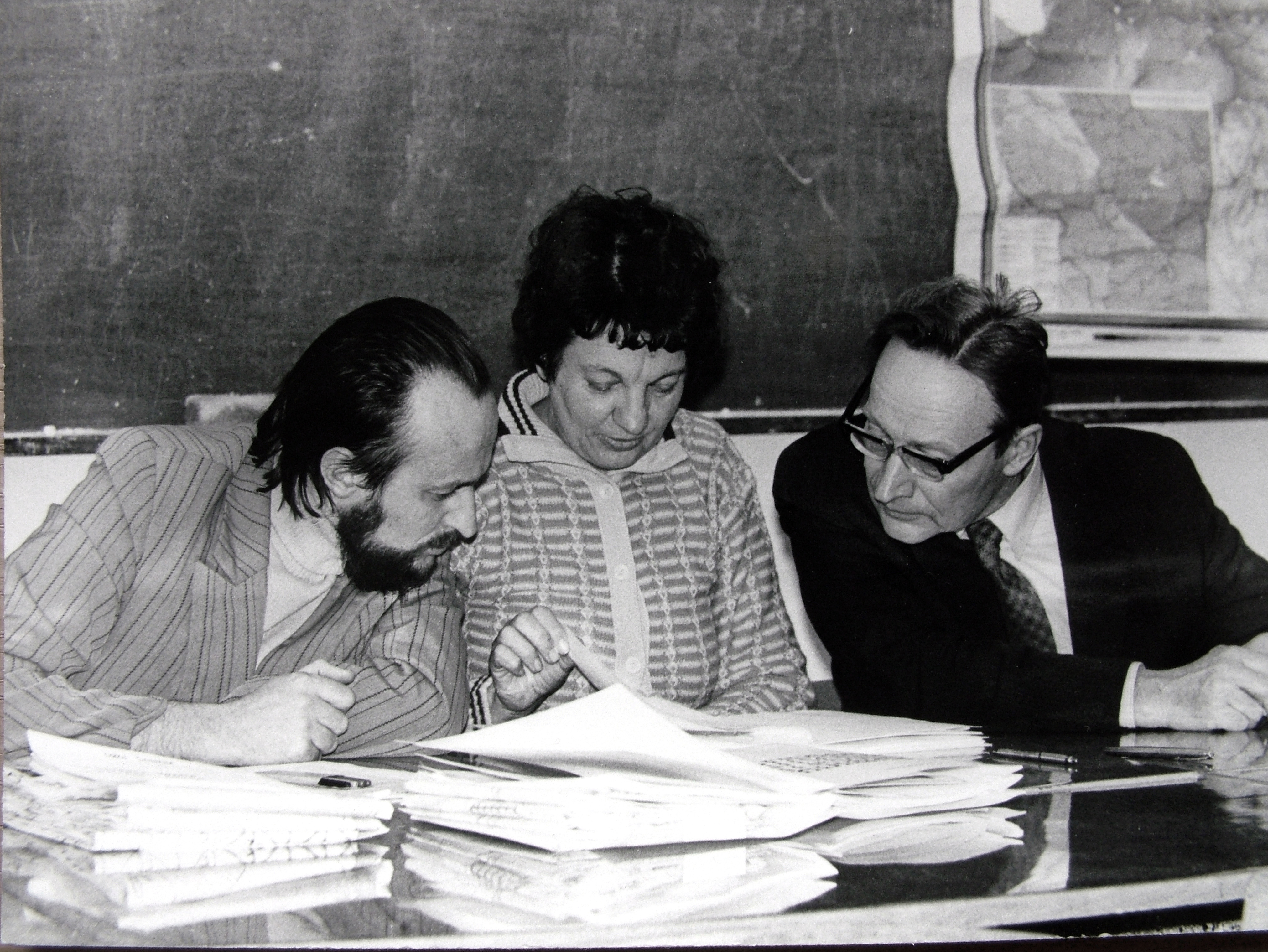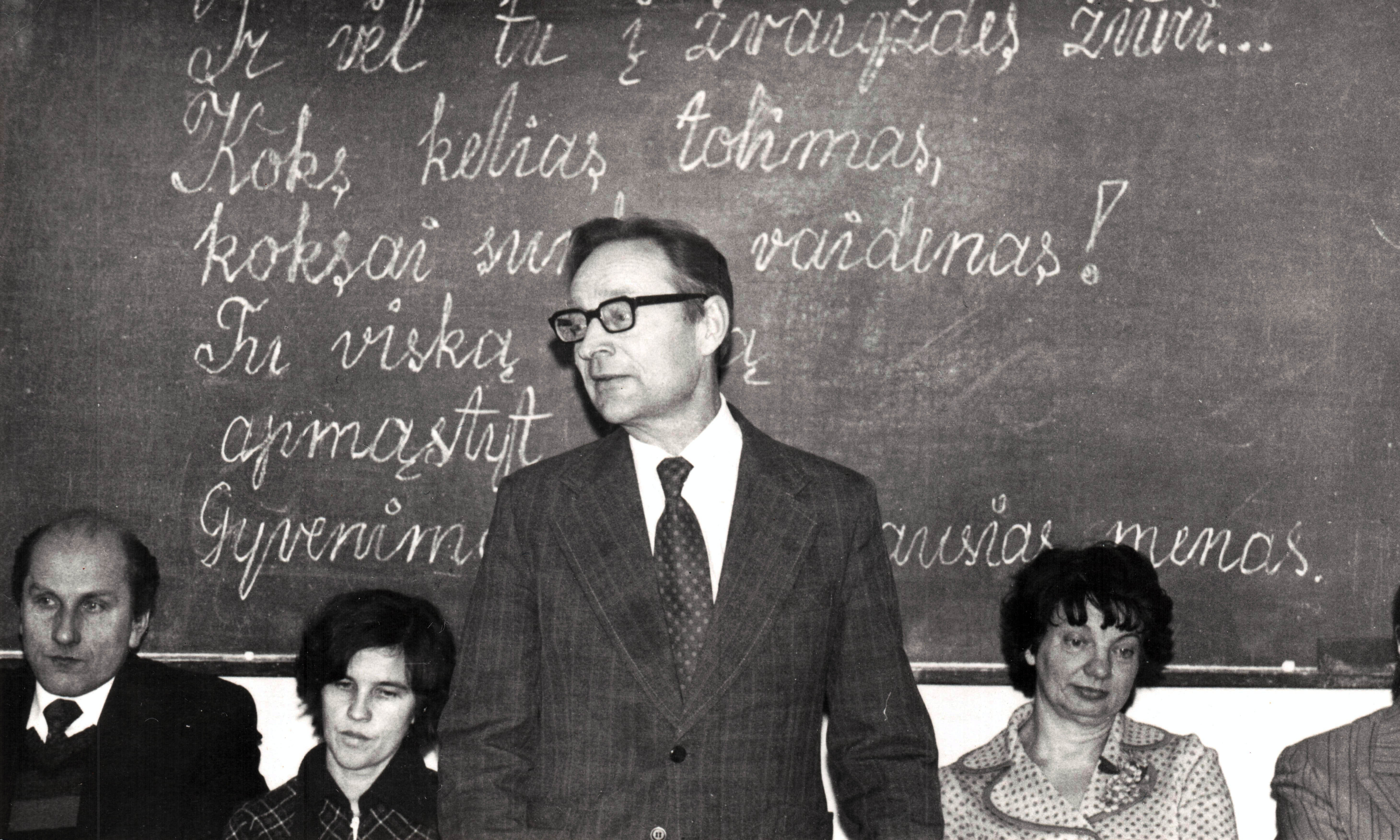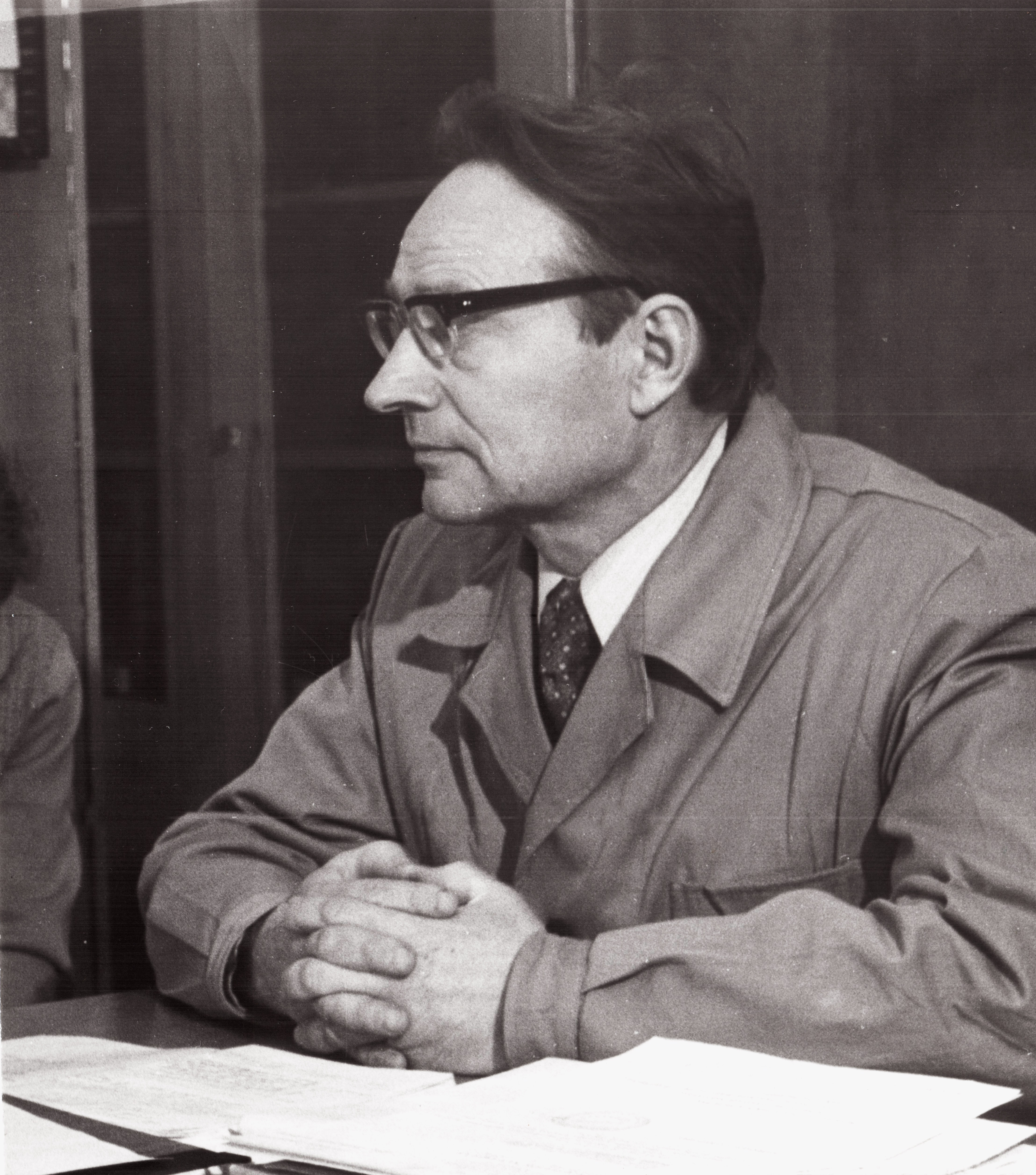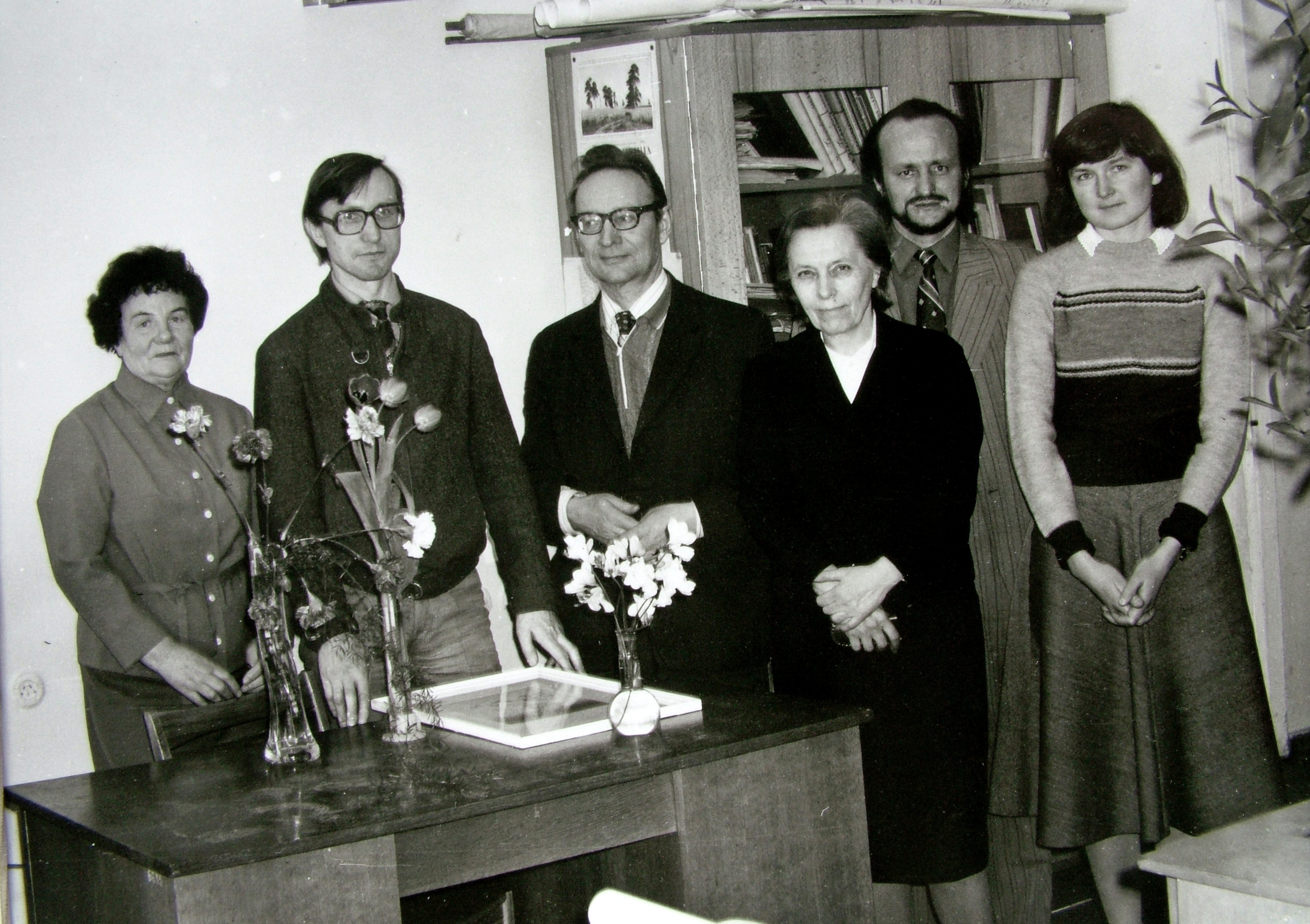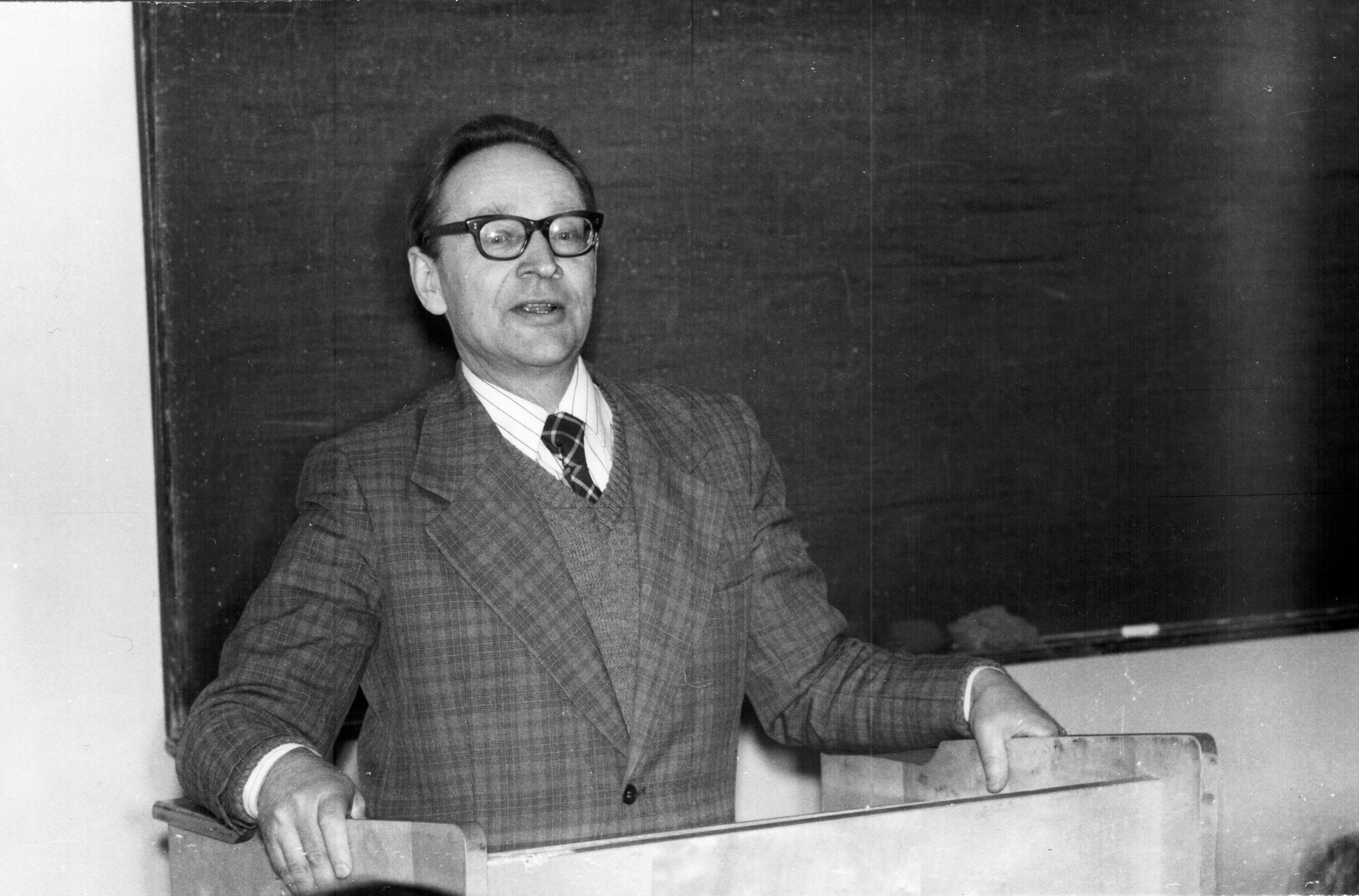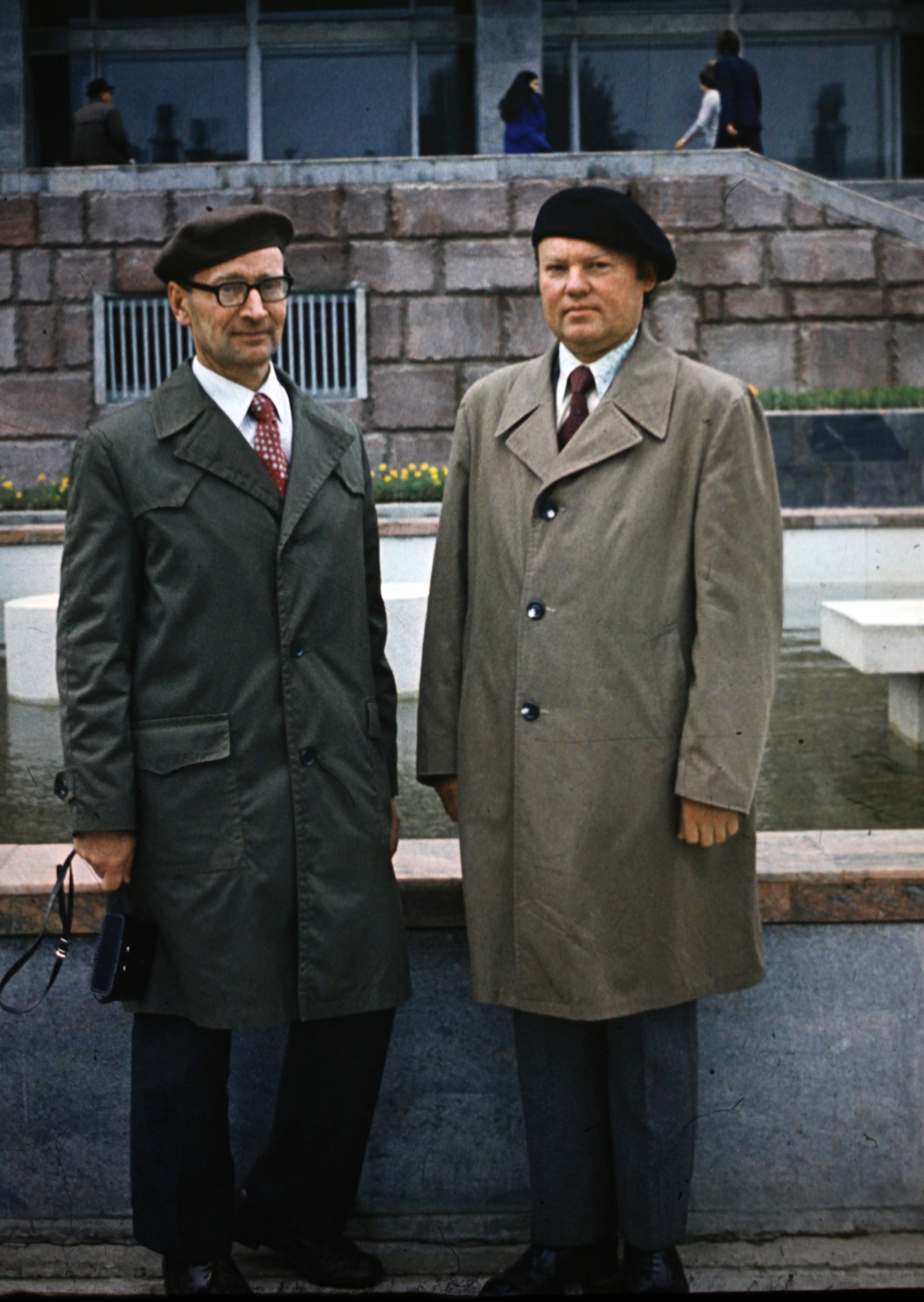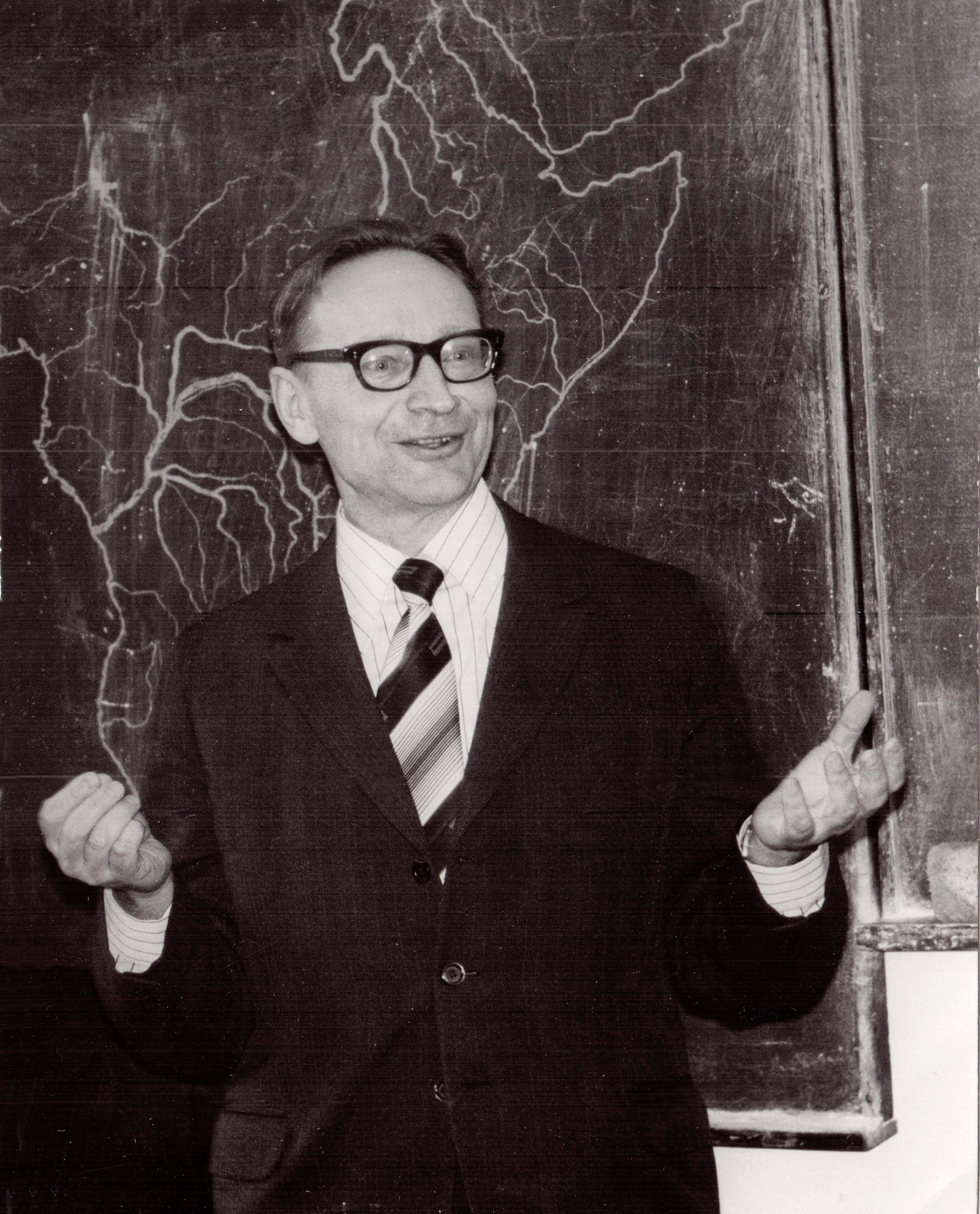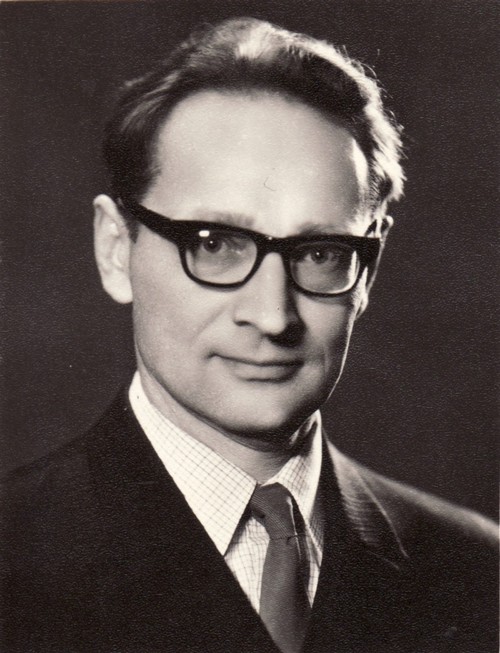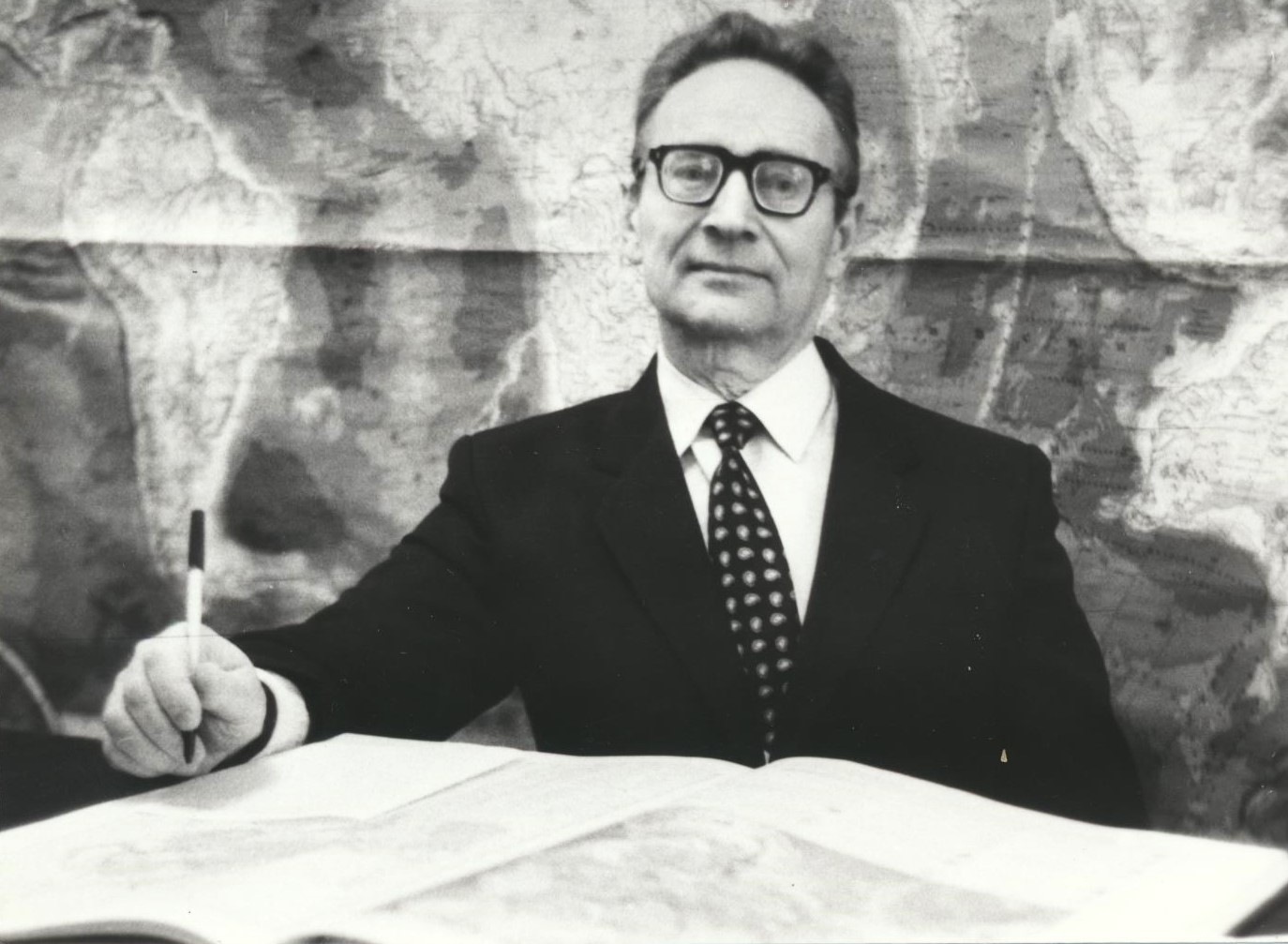 1924.03.28 – 1986.06.19
1924.03.28 – 1986.06.19
A pioneer of Lithuanian terrain, landscape research and landscape management.
Alfonsas Basalykas was born in 1924, March 28th in a forestry not far from Jaskoniai village, Varėna district. His father was working there as a forester and his mother was a house-wife. From 1939 A. Basalykas lived in Vilnius and studied in Vytautas Didysis gymnasium. He graduated from geographical sciences in Vilnius University in 1947, but stayed there the same year to work in the cathedral as a laboratory technician and assistant, though moved up to a professor’s position in 1949.
A. Basalykas translated fundamental works were of great importance to Lithuania’s geographical sciences. The Frenchman E. Marton’s work “The Fundamentals of Physical Geography” which A. Basalykas started to translate during his studying years was published in 1948, meanwhile the Russian S. Kalesnikas’ work “Basics of general geography” came out in 1950. In the beginning of his career A. Basalykas paid most of his attention to geomorphological studies. Once he completed his research on the entire Nemunas river, A. Basalykas wrote his candidate thesis “Valleys of the Nemunas River Within the Borders of the Lithuanian SSR (Geomorphological Analysis of the Valley System)” in 1951 and then defended it two years later. Afterwards, while using the terrain hypsometric analysis, he created the country’s terrain morphogenetic characterization and updated Lithuania’s geographical map. In 1955 A. Basalykas presented an interpretation of geological-geomorphological facts in the outline "Southeastern Sand Plain of the Lithuanian SSR", which differs in some respects from the views expressed by previous authors. In the 60’s, A. Basalykas begun to put together the 1st tome of Lithuanian SSR physical geography, he was also the author, compiler and responsible editor of some of this book’s chapters. The book was published in 1958 and was marked with the Lithuanian state award a year later.
A. Basalykas began to research Lithuania’s natural landscape, which was a part of the country’s geographical sphere that was untouched by any other scientists. The author presented and analysed five most crucial competencies that influenced the synthetic nature geography theory. One of his most valued works – the 2nd tome “Lithuanian SSR Physical Geography” (physical geographical areas) was published in 1965. For the first time ever, Lithuania was examined in great detail and divided into geographical areas and typological territory complexes. On the basis of geological and geomorphological studies, interregional relations and paleogeographical development are described. This book, in fact, was the basis of the habilitated geography doctor’s defended thesis. A. Basalykas’ most valued works are thought to be made in the geomorphologic area. While using the terrain hypsometry analysis, the entire terrain morphogenetic characteristic was created and the Lithuanian geomorphological map was updated.

From 1966, prof. A. Basalykas focused on human and nature interactions and its’ consequences on landscape research. A new concept of landscape understanding, named as the geographic land management, was created from these studies. These ideas shined through in 1977 in the book “Lithuanian SSR landscape”, where new questions were raised for geographers. According to the professor, knowledge has to end with forecasting and projecting of the landscape management, which geographers had not done before. A second Lithuanian state award was given to A. Basalykas for this book. In this most illustrated book by the author, he not only described the variety of the Lithuanian landscape (natural intrazonal landscapes – landforms), but he also discussed about the landscape management issues of his time and additionally offered to apply solutions to landscape types.

The detailed Lithuanian landscape analysis of his time was conducted on the basis of field research. The professor proved the importance of geography students’ field practises, created methodologies, his hand-made landscape 3D block diagrams are still being analysed to this day, his environmental profiling diagram is still being used and so on. Professor A. Basalykas is the author of the sequence of terms for typological units of the territory (in the direction of complexity) - facies, landscapes, etc. His method of coding the landscape areal properties by uppercase and lowercase letters and numbers is still being used to this day. The landscape works which he conducted with his students were note-worthy not only in the USSR but also in Europe – his created landscape polystructural scheme was added into the suitable teaching methods in Germany.
The professors original work “Earth – the habitat of mankind” was published in 1985. This introduces the aspects of the developing integral science of the Earth, it evaluates the latest news about the planet inhabited by humans. There is various scientific knowledge about Earth (its’ depths, surface, waters, atmosphere, natural complexes and the interaction between them and the anthroposphere) in this book.
A. Basalykas was the pioneer and first organizer of complex territory research and geoecological research. He and other authors made a great influence in 1984’s work “Complex nature protection schemes of the Lithuanian SSR until 2000. under conditions of economic intensification”, which was conducted in Lithuanian science academy’s geography sector. This first strategic national planning document was approved in 1988 and represented pride in the country and inspired the quest for Independence. On the basis of this scheme, natural carcass and protected territory systems and countless other environmental protection concepts were formed in the independent Lithuania.
Professor A. Basalykas wrote five books and more than a hundred scientific articles, though he also considerably contributed to geography studies in Vilnius University. A. Basalykas gave lectures in general geography, regional geomorphology, landscape study, Lithuanian geography, paleogeography courses and gave palaeontology courses to geology students. During the working period of 36 years, prof. A. Basalykas was in charge of 94 diplomatic works. Most of their subject matters were associated with Lithuanian river valley geomorphologic analysis. From 1968 until death (1986) prof. A. Basalykas was in charge of physical geography and cartography for the cathedral. He became the president of Lithuanian geographers’ association and was the editor of scientific journals "Yearbook of Geography", "Geology and Geography".

Read more about prof. habil. dr. Alfonsas Basalykas in J. Milius and R. Prapiestienė created memorial book “Geographer professor Alfonsas Basalykas”, VU, 2005.

